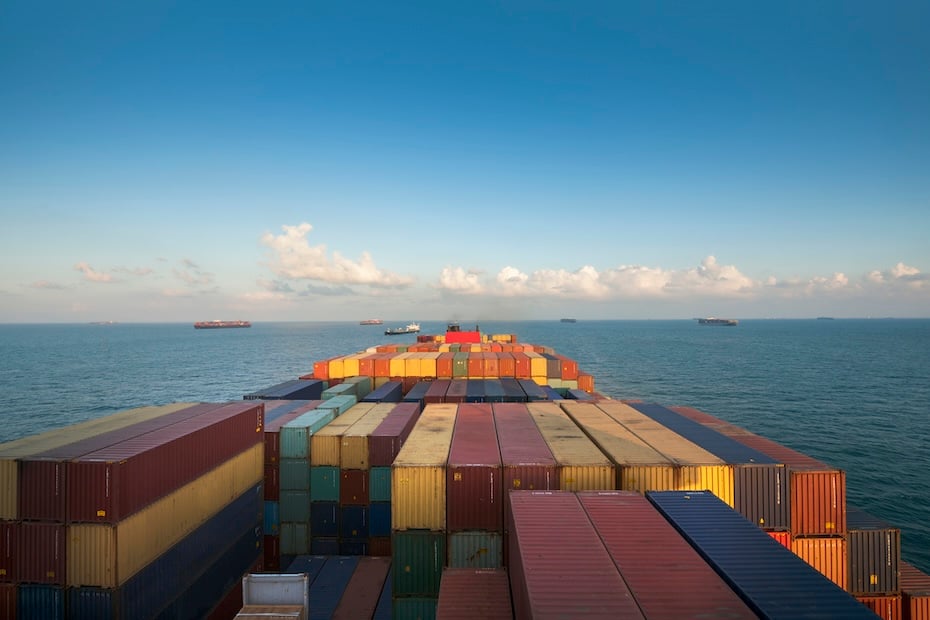Suez Canal revenue drops as some shipping firms shun Red Sea
The Suez Canal, is a key source of foreign currency for Egypt, and authorities have been trying to boost its revenues in recent years

The Suez Canal’s annual revenue dropped by almost a quarter in its latest financial year as some shippers switched to alternative routes to avoid attacks by Houthis in the Red Sea.
Osama Rabie, the head of the Egyptian canal’s authority said on July 18 revenues fell to $7.2bn in its 2023-24 financial year from $9.4bn the year before.
Since November, the Houthis have been targeting commercial vessels in the Red Sea and Indian Ocean to show support for Palestinians in the ongoing Israel-Gaza conflict.
Rabie said the number of ships using the canal fell to 20,148 in 2023-24 from 25,911 the year before.
The International Monetary Fund (IMF) noted, in a blog, that “the volume of trade that passed through the Suez Canal dropped by 50 per cent year-over-year in the first two months of 2024, and the volume of trade transiting around the Cape of Good Hope surged by an estimated 74 percent above last year’s level.”

The Suez Canal is a key source of foreign currency for Egypt, and authorities have been trying to boost its revenues in recent years, including via an expansion in 2015.
Cascading effect due to Red Sea tensions
The IMF report highlighted the consequent impact of the Red Sea tensions which brought about “a 6.7 per cent decline year-over-year in port calls to the 70 ports tracked in sub-Saharan Africa.”
It added that the corresponding declines for the European Union and the Middle East and Central Asia were 5.3 per cent.
The IMF report warned that while “these decreases likely reflected the transitory effects of longer shipping times, if continued, the ripple effects of these disruptions could temporarily hamper some supply chains in affected countries and cause upward pressure on inflation (in part due to higher shipping costs).”
Meanwhile, Maersk, the Danish shipping group, which suspended Red Sea traffic on January 5 “for the foreseeable future”, said on May 6 that the disruption to container shipping traffic was increasing and was expected to reduce the industry’s capacity between Asia and Europe by some 15-20 per cent in the second quarter.
On July 1, it said the upcoming months would be challenging for carriers and businesses, as disruptions continue into the third quarter. It had, in May, forecast that the disruptions would last at least until the end of 2024.
It announced a booking window change for Asia-Pacific trades.
In its notification statement, the shipping firm said, “As the Red Sea situation continues, we are continually seeking ways to offer our customers more certainty and stability. As part of this, we are making changes to the booking window for our Asia-Pacific (APA) trades.
It added that the booking window for APA trades will be set to 28 days starting July 15.
Additionally, in a June 21 advisory, the shipping giant increased its ‘Peak Season Surcharge’ due to the ongoing tensions in the Red Sea.
Read: How have global shipping firms reacted to Red Sea tensions?




